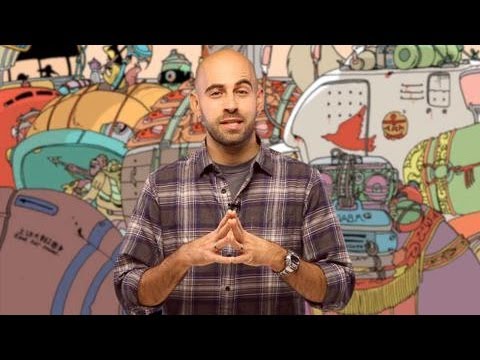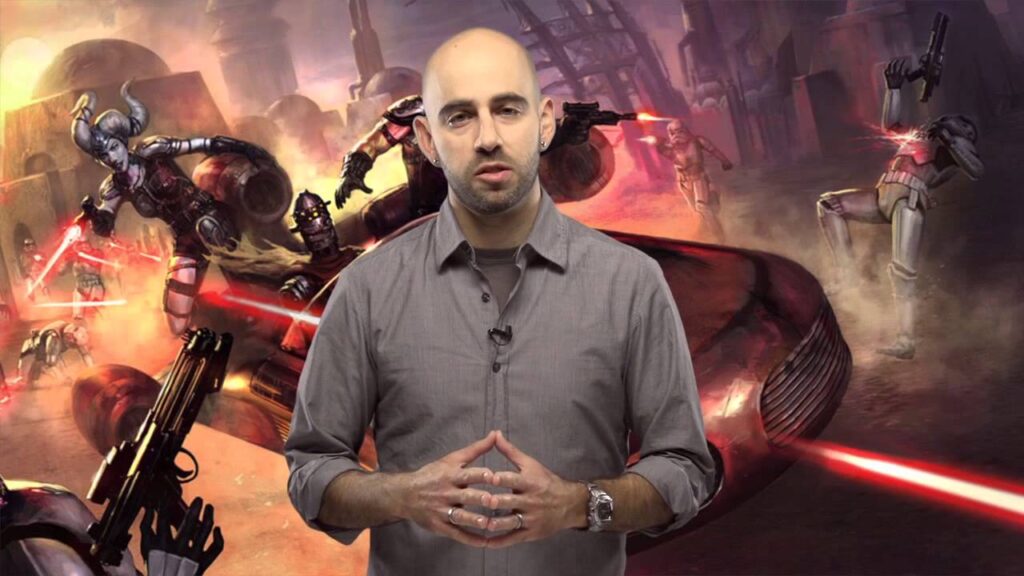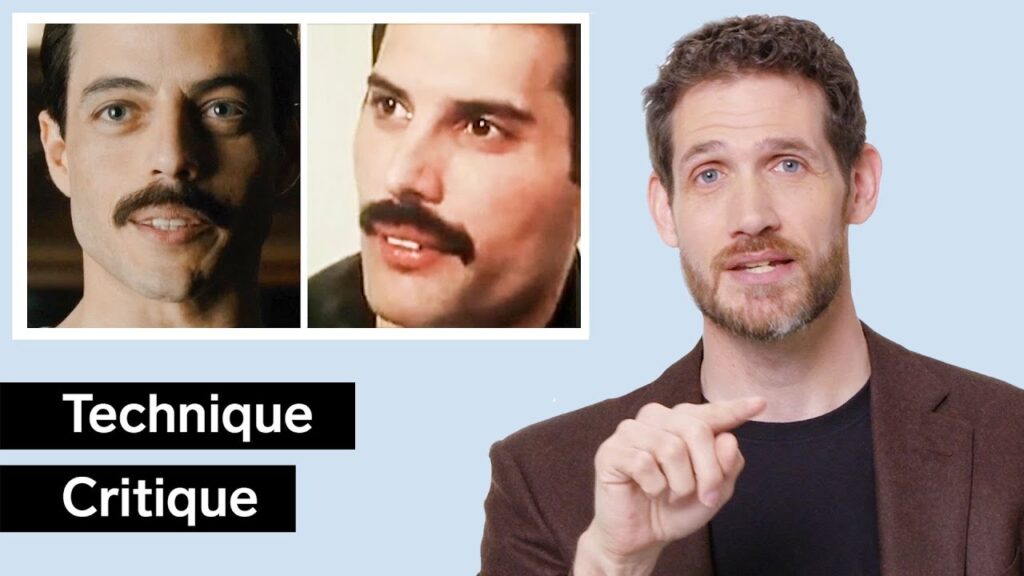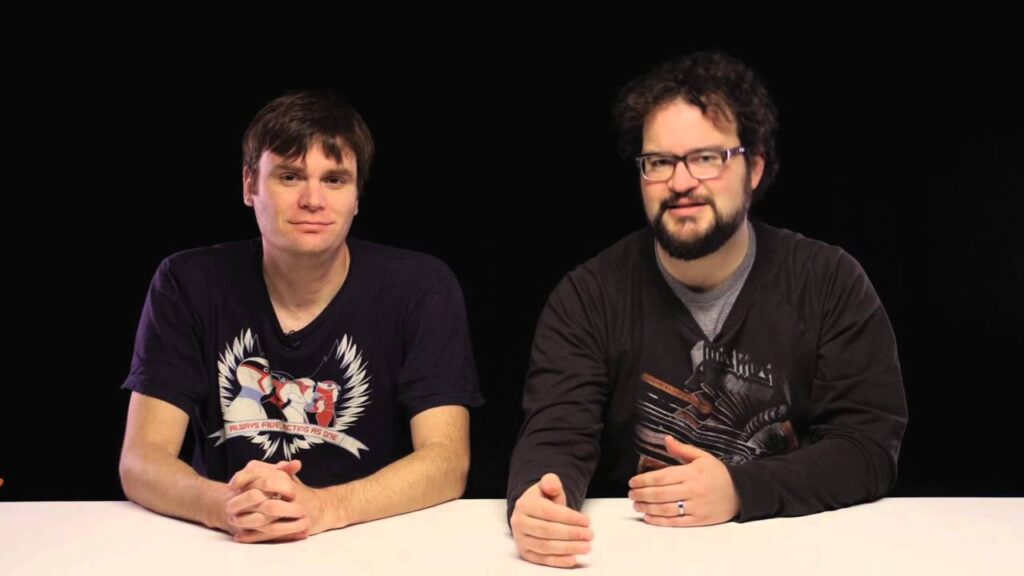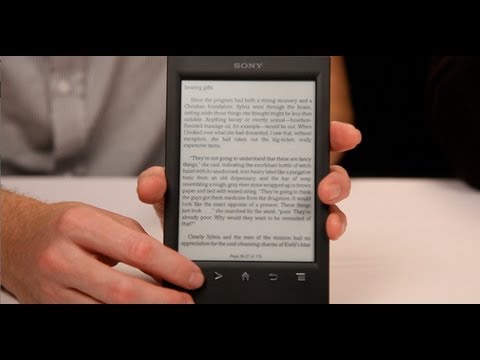The Power of Personal Data: The Celtron Annual Report
Summary
In this article, we explore the Celtron Annual Report, a personal project of a graphic designer that involves tracking the minutiae of their life and turning it into a story that describes the patterns and nuances of their day-to-day existence. The report contains data from various sources, including Last.fm, iTunes, and manually collected sources. We delve into the three different processes that went into the project, including archaeology, and the speaker’s reflections on the limitations of data hoarding.
Table of Contents
- Tracking the minutiae of life
- The three processes of the Celtron Annual Report
- Examples of the Celtron Annual Report
- Quantifying life through data
- Embracing incompleteness and limitations
- Conclusion
Tracking the minutiae of life
The Celtron Annual Report is a personal project that involves tracking the minutiae of life and turning it into a story that describes the patterns and nuances of day-to-day existence. The report contains data from various sources, including Last.fm, iTunes, and manually collected sources. The speaker, a graphic designer, has been doing this project for seven years and has identified three different processes that went into the project.
The three processes of the Celtron Annual Report
The speaker identifies three different processes that went into the Celtron Annual Report project. The first is archaeology, which involves extracting useful information from old data or corpus. The speaker gives examples of their annual reports, including one about their father’s life after he passed away, which involved digitizing all his calendars and passports and tagging them to identify patterns. The second process is data hoarding, which involves collecting as much data as possible about one’s life. The speaker talks about a project where they tried to quantify their father’s life by identifying all his photos, categorizing his calendars, and collecting data on places he visited and things he ate. The third process is storytelling, which involves turning the data into a narrative that describes the patterns and nuances of one’s life.
Examples of the Celtron Annual Report
The speaker gives examples of their annual reports, including one about their father’s life after he passed away, which involved digitizing all his calendars and passports and tagging them to identify patterns. The speaker also embraced receipts and postcards as sources of information. The goal was to come up with a totemic number for each year that would encapsulate their experiences.
Quantifying life through data
The speaker talks about a project where they tried to quantify their father’s life by identifying all his photos, categorizing his calendars, and collecting data on places he visited and things he ate. They also collected data on their own life, including how far they traveled and how much caffeine they consumed. The goal was to come up with a totemic number for each year that would encapsulate their experiences.
Embracing incompleteness and limitations
The speaker acknowledges that there may be incompleteness in the data, but they embrace it and use it to extract patterns and personality traits. They also reflect on the limitations of data hoarding and the importance of being rooted in the source material.
Conclusion
In conclusion, the Celtron Annual Report is a personal project that involves tracking the minutiae of life and turning it into a story that describes the patterns and nuances of day-to-day existence. The project involves three different processes, including archaeology, data hoarding, and storytelling. The speaker’s reflections on the limitations of data hoarding and the importance of being rooted in the source material provide valuable insights into the power of personal data.
